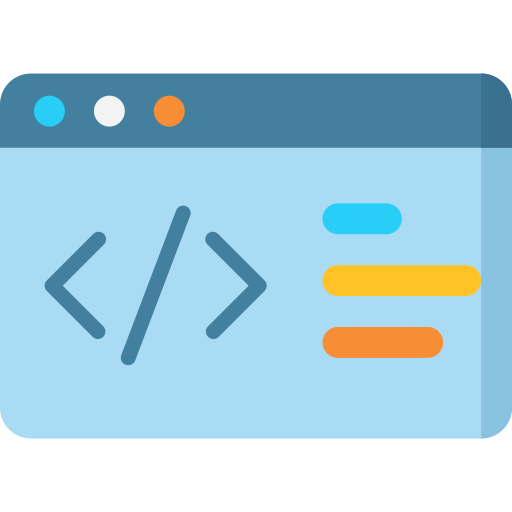1.
DOM : Document Object Model
Programming
What is the Full Form of DOM?
DOM Stands for “Document Object Model”.
What is DOM (Document Object Model)?
The Document Object Model (DOM) is a cross-platform and language-independent interface that treats an XML or HTML document as a tree structure wherein each node is an object representing a part of the document. The DOM represents a document with a logical tree. Each branch of the tree ends in a node, and each node contains objects. DOM methods allow programmatic access to the tree, with them one can change the structure, style or content of a document.
Nodes can have event handlers attached to them. Once an event is triggered, the event handlers get executed. The name "Document Object Model" was chosen because it is an "object model" is used in the traditional object-oriented design sense.
Suggestions:
| Acronym | Full Form |
|---|---|
| SOAP | Simple Object Access Protocol |
| HTML | Hypertext Markup Language |
| JSON | JavaScript Object Notation |
| BSON | Binary JSON |
| BLOB | Binary Large Object |
| UML | Unified Modeling Language |
| AJAX | Asynchronous JavaScript and XML |
| API | Application Programming Interface |
| APK | Android Application Package |
| ASP | Active Server Page |
| BASIC coding | Beginner's All-Purpose Symbolic Instruction Code |
| EJB | Enterprise Java Beans |
| PHP | Hypertext Preprocessor |
| SQL | Structured Query Language |
| XML | eXtensible Markup Language |
| CGI | Computer-Generated Imagery |
| CSS | Cascading Style Sheet |
| COBOL | Common Business Oriented Language |
| CLI | Command Line Interface |
| DHTML | Dynamic Hyper Text Markup Language |
| DTD | Document Type Declaration |















